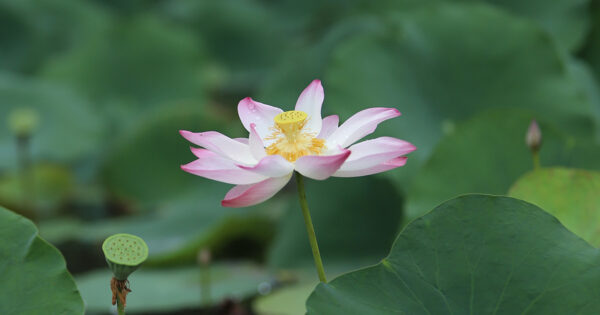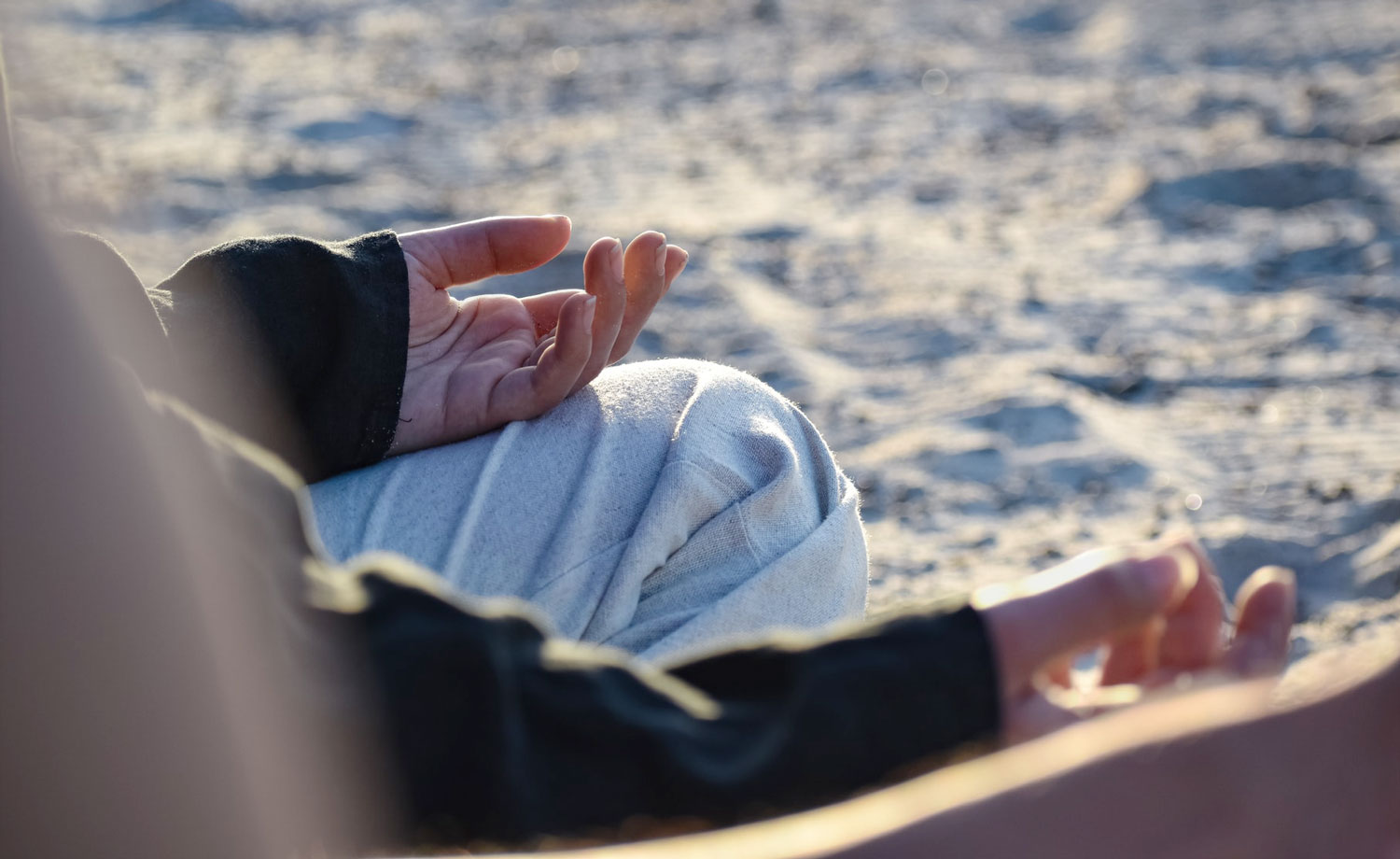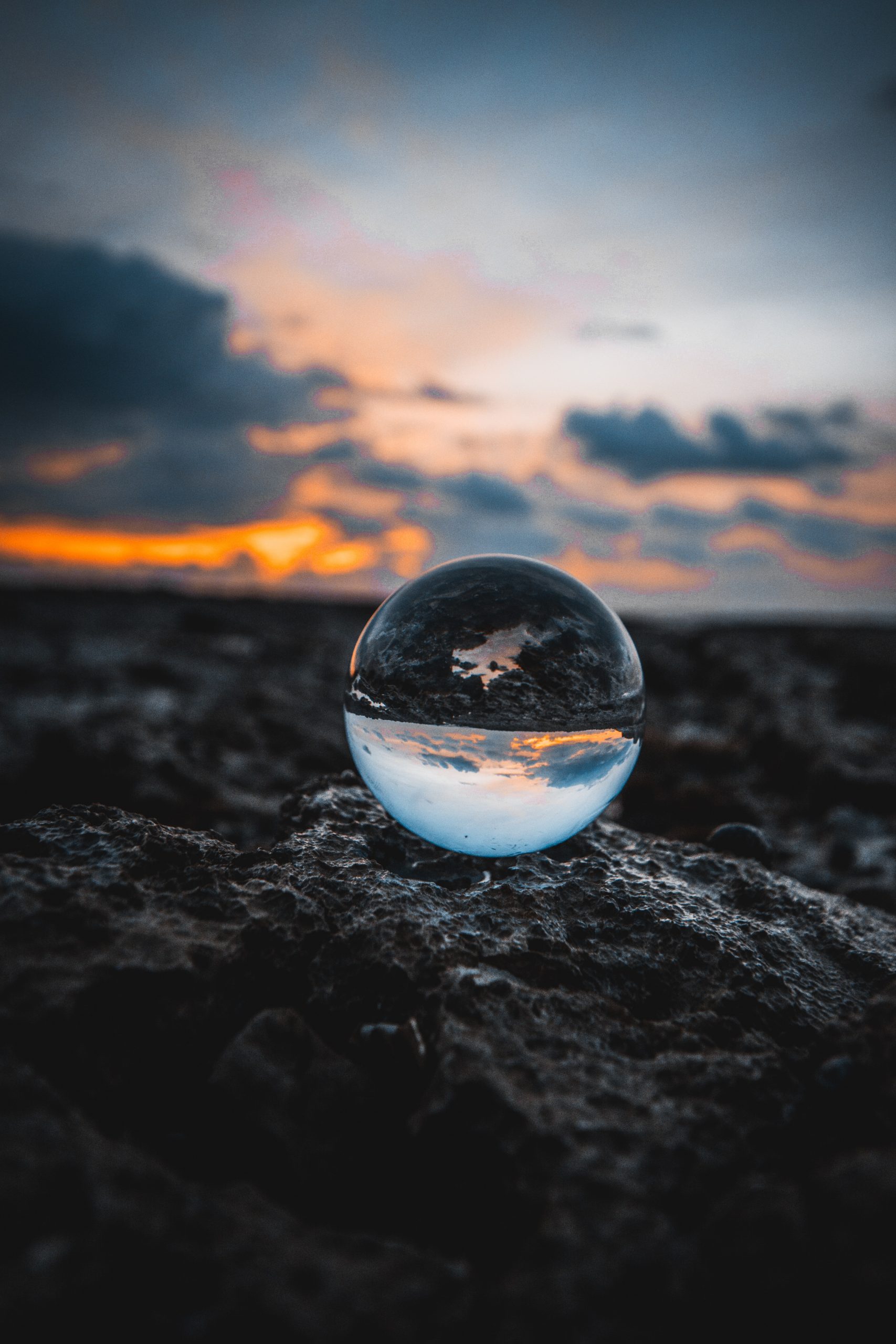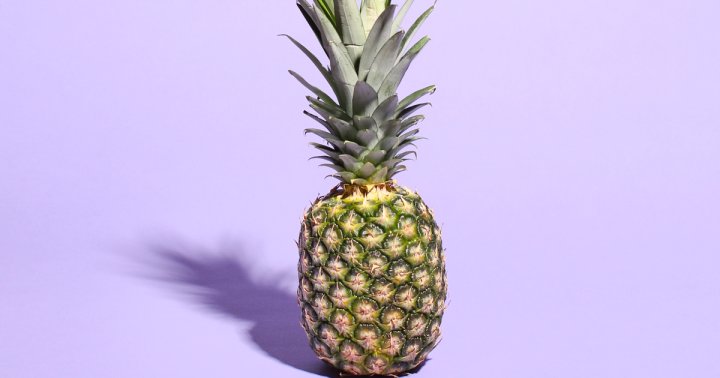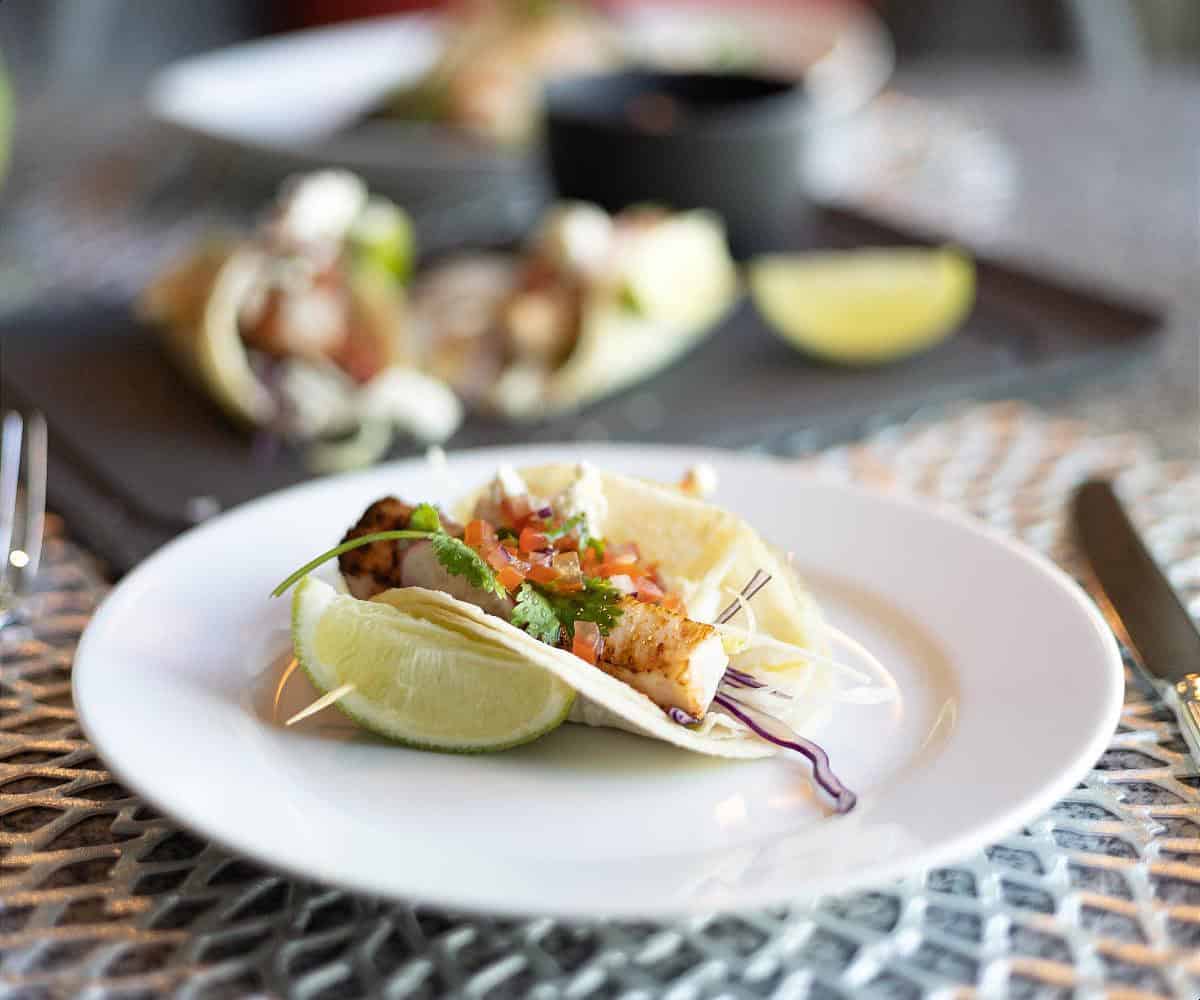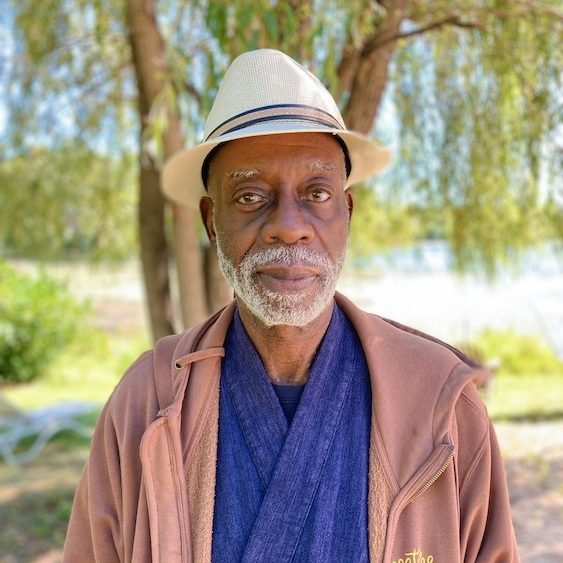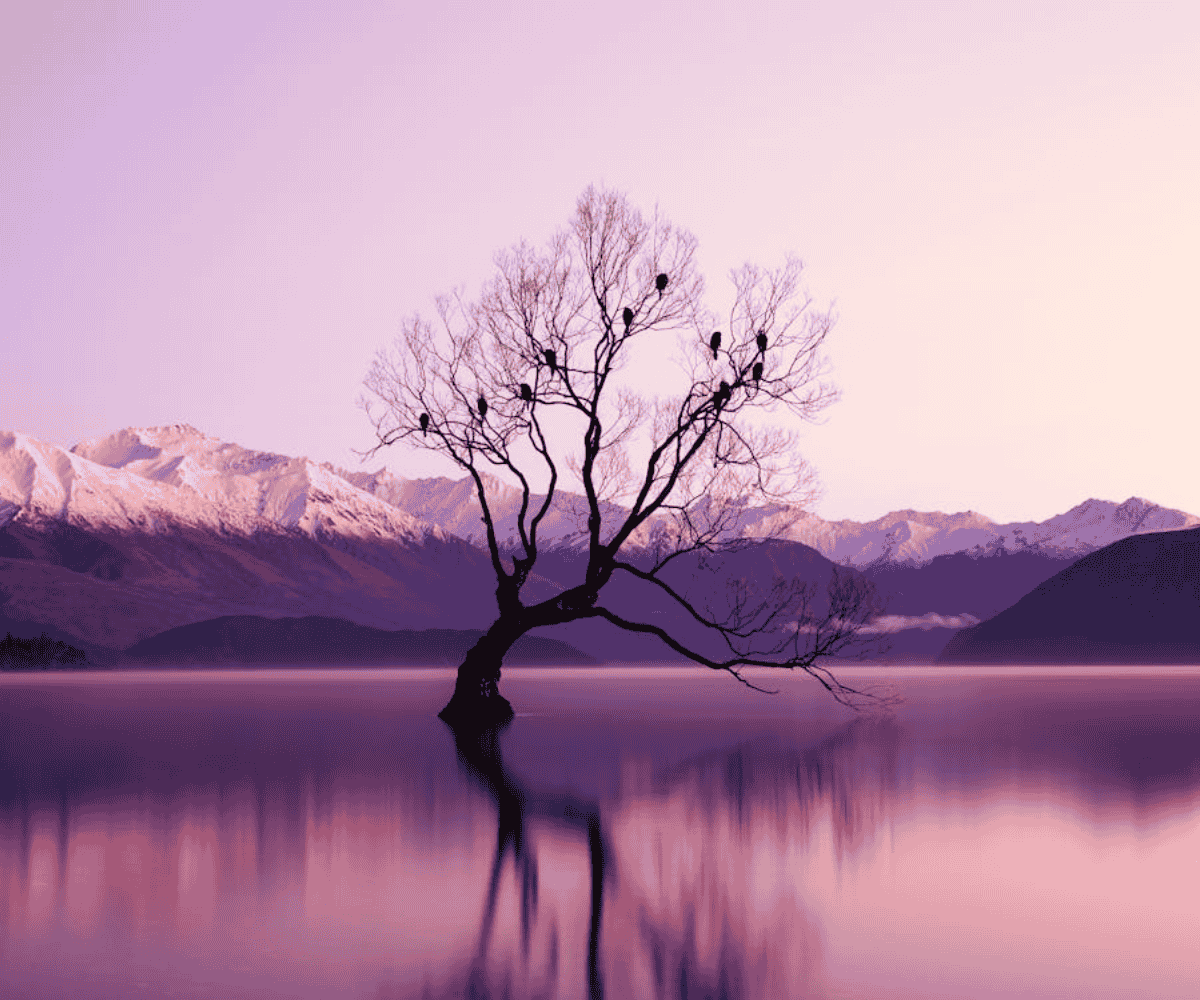A Raft Amid Rising Waters
A student finds strength in Buddhist teachings to face the climate crisis The post A Raft Amid Rising Waters appeared first on Tricycle: The Buddhist Review.
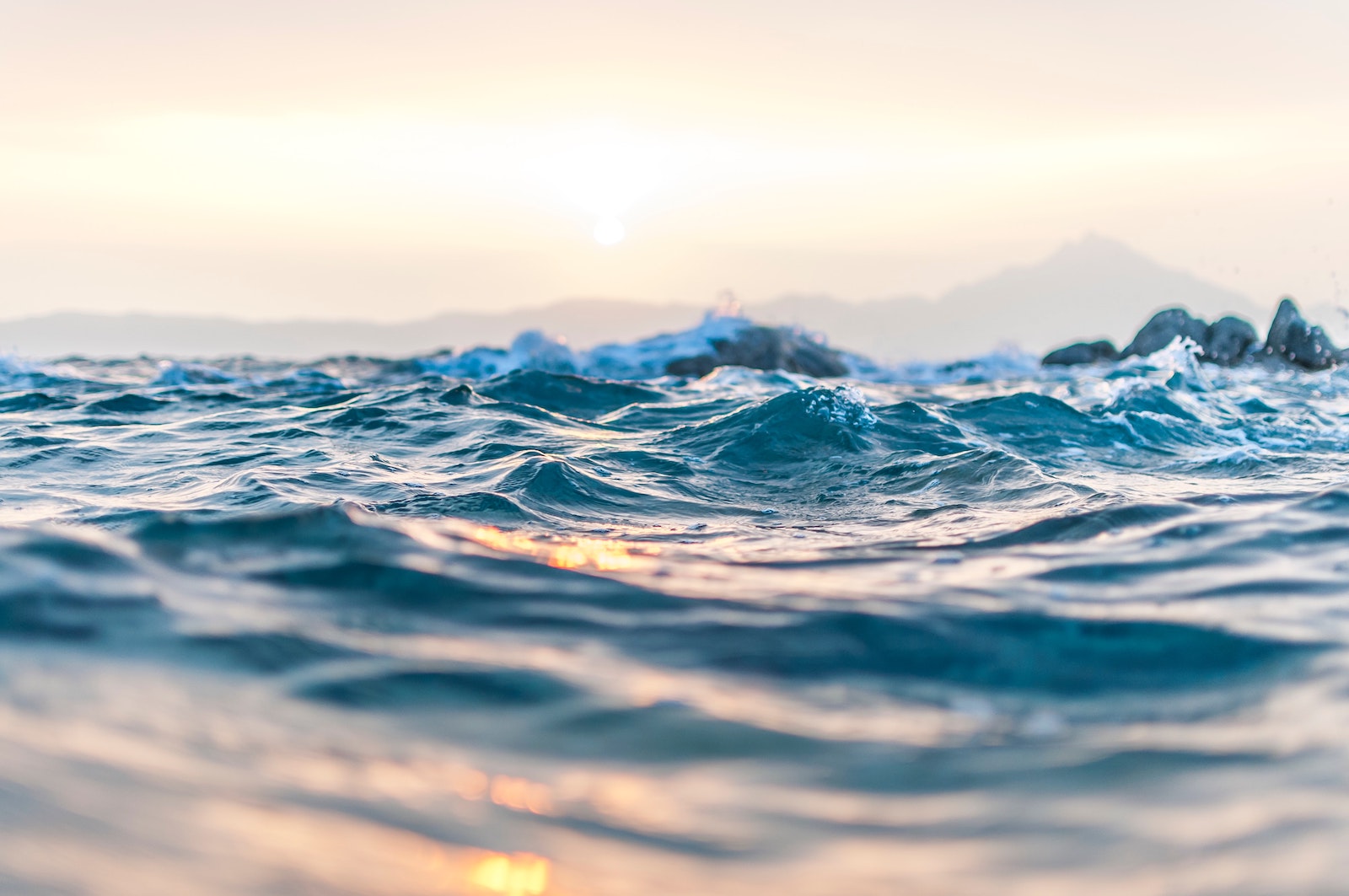
 Photo by Anastasia Taioglou on Unsplash
Photo by Anastasia Taioglou on UnsplashEverything becomes sacred when you remember you are going to die. These days, there are plenty of reminders. As a young person coming of age in the midst of an ecological crisis, I have long been aware that the sixth mass extinction event may welcome the end of life for the human species, as it already has for other species on Earth. For much of my life it has been easiest for me to contain knowledge of this overwhelming possibility within the confines of my cognitive mind; I’ve been careful to ensure that the grief it opened did not spill into my body too frequently, for fear that it would drown me. But as we humans dance on this precipice of uncertainty, I, like many, am reaching for a life raft. Coming of age in a world on fire, I’ve encountered solace and resolve within Buddhist teachings, often said to be like a raft for reaching the shore of enlightenment. Teachings on emptiness, interdependence, and facing suffering in particular have helped me to confront, with a deeper sense of open-heartedness and presence, the reality of the climate crisis and our predicted extinction. They’re not “life rafts” in the sense that they promise us lasting life, but teachings that offer an end to suffering amidst reality as it is.
During the summer of 2021, as many began a hopeful (albeit short-lived) emergence from the isolation of the pandemic, I attended a three-week-long meditation retreat on a homestead in rural southern Vermont. Hosted by the Barre Center for Buddhist Studies, the retreat was led by facilitators versed in weaving Buddhist teachings with matters of ecology and ecological justice. Throughout the retreat, we contemplated environmental texts that reminded us, in horrific detail, of the reality of the climate crisis. We participated in meditations and lessons that immersed us in themes of dukkha (suffering), anatta (not self), anicca (impermanence), paticca-samuppada (dependent co-arising), and karuna (compassion), engaging in communal exercises based on the work of Buddhist scholar and activist Joanna Macy that led us to embody our grief for the world. Recognizing that the path to awakening is only accessible through suffering, Macy elucidates how “as a society, we are caught between a sense of impending collapse and psychic paralysis in acknowledging it,” urging human beings to enter into our despair. From a Buddhist view, we can allow our suffering to remind us that, as Macy writes, “We care. We are liberated when we realize that at the heart of our despair is our love for the world.”
During the retreat, I met a girl named Anna who told me she was a student of sea turtles. Ever since she encountered one while swimming in the north Pacific, she told me, the creature had become a symbol to her of presence, embodiment, memory, and navigation. As I got to know Anna, witnessing her steady presence and clear-eyed compassion, I realized these were qualities she herself embodied perhaps more than anyone I had met. We found we shared a love for many things—trail running, writing letters, veiling a childlike sense of humor beneath a somewhat contemplative exterior, Toni Morrison’s books, cats.
We grew close quickly. Between sits at the retreat, we would walk together through clouds of mosquitoes, steps synced through the dense deciduous forest. She told me about her childhood growing up on an island in the South, the herons and crawdads that filled the sky and water, the smell of seaweed drying in the sun, the muck. I told her about the hemlock forests before they were filled with so many ticks, playing hide-and-seek there with my brothers, the yellow flowers that grew near my childhood house. Behind our words was the quiet acknowledgement that as the world grew warmer, all of these things we loved were changing, many of them–the hemlocks and the crawdads at least–already dying. One night before sleeping, one of us (I forget who first) whispered, “I feel like we’ve known each other for a long time.”
Some time into the retreat, there was a day when everything became too much. It was one of those days where the heat was inescapable and my body began to unravel–where it suddenly became impossible not to suffocate in the hum of air conditioners churning fleeting coolness into houses while huffing heat into the already-heating air. It was as if I had reached a saturation point beyond which I could not keep the suffering we were contemplating at bay; I felt myself internalize the reality of human extinction in a way I never had in my life. Finally, all our talk had descended from mind to gut, metabolized into a fear that coursed through my veins and liquified any sense of security I had clung to. It became easy to cry at anything. Everything—each glint of light or quirk of a face previously overlooked—was ushered into focus and became utterly and tragically stunning.
I wept silently through our morning sit, through breakfast, through chores, both overcome by emotion and also sheepishly aware that everyone around me shared the same predicament, and for the most part, they were carrying on with their days and responsibilities, calmly and presently tending to the tasks at hand–at least they weren’t crying about it.
That afternoon, Anna and I were laying on the grass in the sun, waiting to begin a group activity. Closed-eyed and face full of bright sunlight, Anna could hear me sniffling beside her, feeling utterly alone in the depths of my fear. She reached out.
The feeling of her hand finding mine in that moment ushered in an embodied understanding of the Buddhist teachings I had been learning those weeks. Reminding me of my connection to another suffering being, the gesture flung me from the clutches of my ego, who feared I was alone in my suffering, into a kind of relief—a feeling of withness found inside resounding despair.
I recalled the teachings of paticca samuppada, or dependent co-arising. The Samyutta Nikaya tells us, “‘Things’ come into being, persist dependent on conditions. When this exists, that comes to be; with the arising of this, that arises. When this does not exist, that does not come to be; with the cessation of this, that ceases. Whatever is subject to origination is all subject to cessation.” (SN 12.62). In certain moments, contemplating interdependence fosters a feeling of urgency within me—an insurmountable urge to “save the planet,” and thus myself. However, if one understands the teachings of interdependence, or even suffering, solely as routes to preserving the world as it is or attaining individual tranquility in the face of global crises, one remains confined by illusion and attachment. Buddhism teaches us that everyone suffers, though we would do well to remember that we all suffer differently. This reality comes into particularly sharp focus when we consider the climate crisis, which has thus far disproportionately impacted low income communities and communities of color. Reverend Angel Kyodo Williams, Buddhist teacher and co-author of the book Radical Dharma, warns us against “the acceptance of a ‘kinder, gentler suffering’ that does not question the unwholesome roots of systemic suffering and the structures that hold it in place. What is required,” she tells us, is a “dharma that starves rather than fertilizes the soil of the conditions that the deep roots of societal suffering grow in.” Moral obligation and the teaching of karuna compel us to answer each other’s calls for justice, which, entangled in Indra’s net, are also our own. However, our action cannot be contingent upon whether or not we will succeed at halting the climate crisis and staving off extinction. We must live compassionately not in a way that strives to “save” an elusive future, but in the present—the only place where love and solidarity can ever be actualized.
As David Loy writes in his 2019 book EcoDharma: Buddhist Teachings for the Ecological Crisis, “in so far as there is no such self that is born or dies, there is nothing to fear, because there is nothing to gain or lose… when at the time for dying there is nothing but the process of dying–neither resisting it nor embracing it–then death too is ‘empty.’” When we seek safety from death, we are grasping at illusion, imagining that we exist separately from the processes of living and dying, beginning and ending, existence and nonexistence. Within the fact of death lies the wonder that for now, together, we are alive.
As Anna and I lay there in silence, I was welcomed into a feeling I might call joy–a version of joy that writer Zadie Smith contemplates in her essay by that title, where she distinguishes between joy and pleasure, describing joy as the feeling of “heading toward all that makes life intolerable, feeling the only thing that makes it worthwhile”—which was, in Smith’s case as in mine, present human connection. Or, love.
Later that day, I wrote the following in my journal:
I am pulled into a grief so vast it runs all the water from my body, pushes me down into the canyons of myself, water rushing before it dries. One hundred years may hold too much heat. Nearly all species gone, all myself. What else is there to say? All the world is a mandala that will blow away. You who are dying, I weep rivers from your eyes, rivers onto your mossy skin, and see the candle snuffed. There is no canyon. There is no water. There is no skin. We are dying. There is no dying.
From where I was, immersed in Buddhist teachings, my grief could flow and I did not drown.
These teachings have held me afloat amidst the waves of despair and joy that echo the intensity of what it means to be alive in the world right now. Gratefully, I hold onto them as a raft, knowing I will let them go when it is time, whether I reach a shore or first fall into the tides of the rising sea. I will know that sea to be myself, ever-changing, both wondrous and empty.
♦
In honor of Earth Day 2022, Tricycle is bringing together leading Buddhist teachers, writers, and environmentalists—including Joanna Macy, Roshi Joan Halifax, David Loy, Paul Hawken and Tara Brach—for a donation-based weeklong virtual event series exploring what the dharma has to offer in a time of environmental crisis. Learn more here.

Get Daily Dharma in your email
Start your day with a fresh perspective

Explore timeless teachings through modern methods.
With Stephen Batchelor, Sharon Salzberg, Andrew Olendzki, and more
![]()
Thank you for subscribing to Tricycle! As a nonprofit, we depend on readers like you to keep Buddhist teachings and practices widely available.
This article is only for Subscribers!
Subscribe now to read this article and get immediate access to everything else.
Already a subscriber? Log in.

 Kass
Kass 









